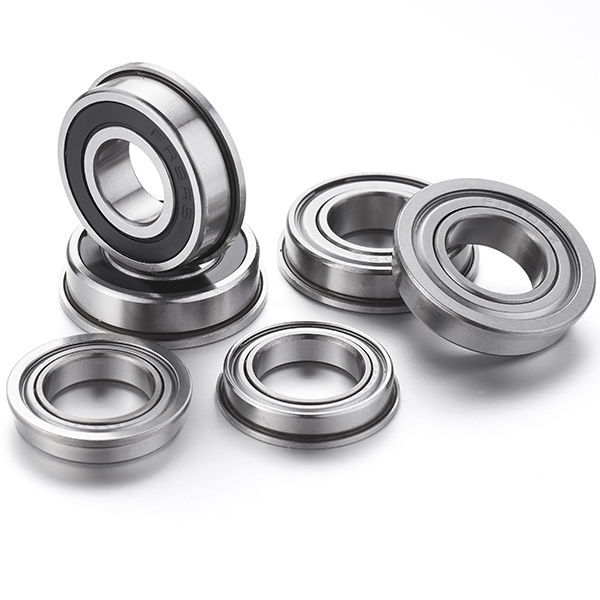Understanding Bearings and Their Function
Understanding Bearings and Their Function
Blog Article

Imagine a bustling factory floor where machinery hums with activity. Suddenly, a critical piece of equipment grinds to a halt due to a bearing failure. This scenario not only disrupts production but may also lead to costly repairs and downtime. Bearings play a vital role in the smooth operation of machinery, yet they often go unnoticed until a problem arises. The truth is, neglecting the maintenance of bearings can have dire consequences for any operation that relies on machinery.
Understanding Bearings and Their Function
Bearings are essential components that facilitate the smooth rotation or movement of machinery. They reduce friction between moving parts, support loads, and enhance overall efficiency. From the simple ball bearings found in household appliances to complex roller bearings in heavy machinery, their function is critical across various industries. However, the effectiveness of these components hinges significantly on proper maintenance.
The Consequences of Poor Maintenance
Failing to maintain bearings can lead to premature wear, overheating, and eventual failure. For instance, inadequate lubrication can cause metal-to-metal contact, leading to increased friction and heat. This not only shortens the lifespan of the bearing but can also result in catastrophic failures that halt operations entirely. According to industry studies, equipment failures due to poor bearing maintenance can account for up to 30% of unplanned downtime in manufacturing settings, emphasizing the Importance of Proper Bearing Maintenance.
[IMAGE]
Best Practices for Bearing Maintenance
To avoid the pitfalls of bearing failure, implementing a robust maintenance routine is crucial. Here are some best practices to consider:
- Regular Inspections: Conduct routine checks for signs of wear, such as abnormal noise or vibration. Early detection can prevent further damage.
- Proper Lubrication: Ensure bearings are lubricated with the right type and amount of lubricant. Over-lubrication and under-lubrication can both lead to problems.
- Temperature Monitoring: Keeping an eye on the operating temperature of bearings can help identify potential issues before they escalate.
- Alignment Checks: Misalignment can cause uneven wear and stress on bearings. Regular alignment checks are essential for optimal performance.
Training and Awareness
It's not just the technology but also the people operating it that matter. Training staff on the importance of bearing maintenance can significantly reduce the likelihood of failures. Employees should understand the role of bearings, how to identify potential issues, and the proper steps to take when maintenance is needed. Encouraging a culture of proactive maintenance can lead to substantial improvements in machinery reliability.
Investing in Quality Components
Choosing the right bearings for specific applications is another critical aspect of maintenance. High-quality bearings may come at a premium, but the long-term savings from reduced failures and maintenance costs often justify the initial investment. Additionally, sourcing components from reputable suppliers ensures that you receive products that meet industry standards and specifications.
The Role of Technology in Maintenance
Advancements in technology have introduced predictive maintenance tools that utilize sensors and data analytics to monitor bearing performance in real-time. These tools can provide insights into vibration patterns, temperature changes, and lubrication levels, enabling maintenance teams to address issues before they lead to failures. Implementing such technologies can greatly enhance the effectiveness of maintenance strategies.
Ultimately, the longevity and reliability of machinery depend heavily on how well components like bearings are maintained. Understanding the Importance of Proper Bearing Maintenance is essential for any operation looking to minimize downtime and improve efficiency. By prioritizing maintenance practices, investing in training, and utilizing technology, businesses can ensure that their machinery runs smoothly, contributing to overall operational success.
Report this page